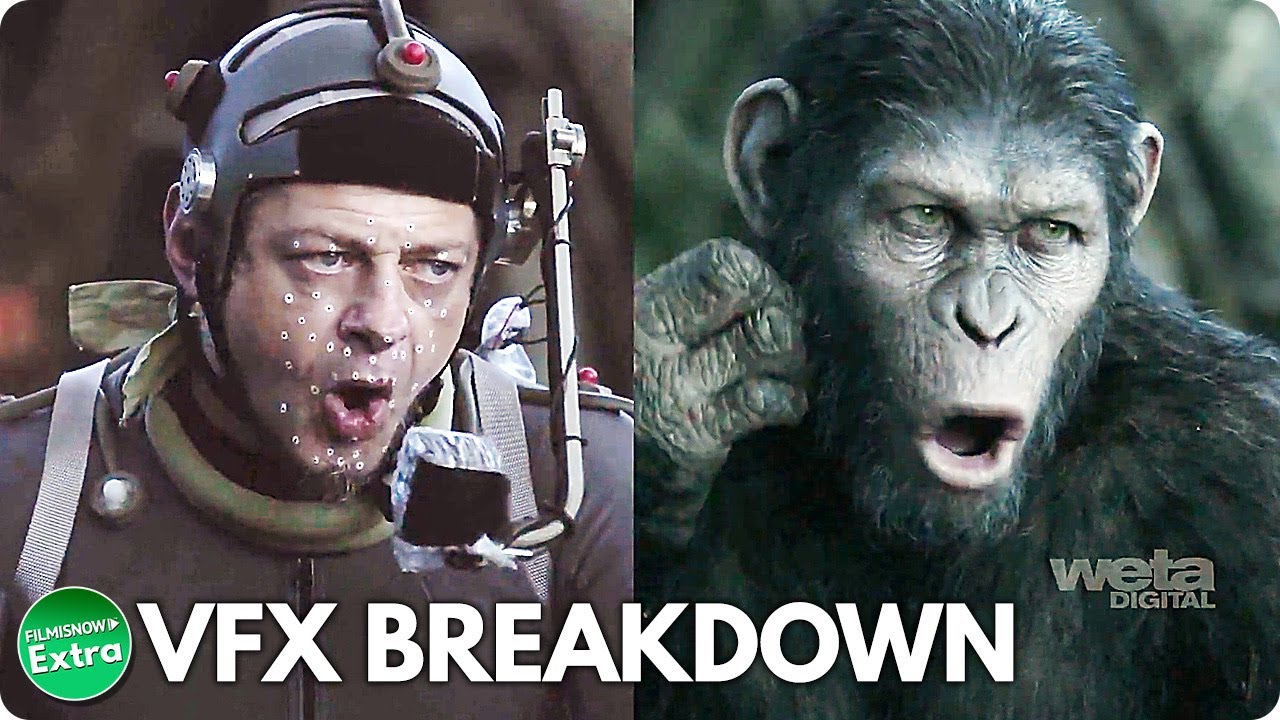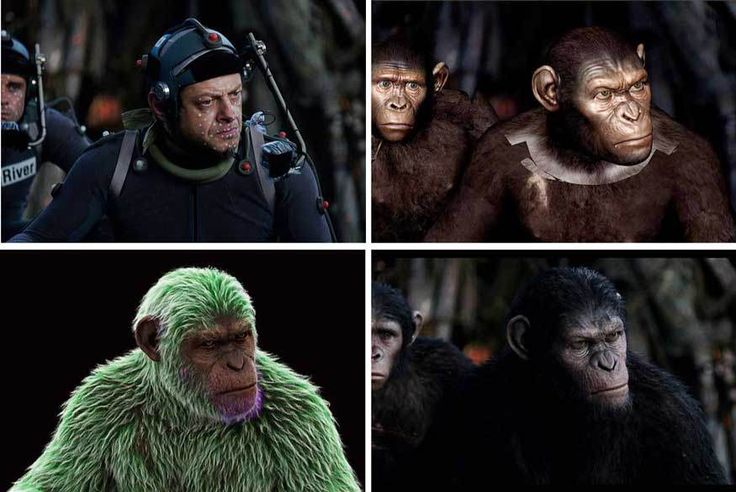Visual effects of the movie Dawn of the Planet of the Apes

Related Movies:
Related Movies:
Related Movies:
Visual Effects of Dawn of the Planet of the Apes (2014)
Dawn of the Planet of the Apes (2014), directed by Matt Reeves, is a groundbreaking achievement in visual effects, particularly in its use of motion capture technology and CGI to bring the apes to life in a highly realistic and emotional way. The film’s visual effects, handled by Weta Digital, pushed the boundaries of what was possible at the time and played a key role in making the apes not only believable but also relatable.
Key Aspects of Visual Effects in Dawn of the Planet of the Apes:
1. Motion Capture Technology:
-
Caesar’s Performance: Andy Serkis’ portrayal of Caesar, the ape leader, is a central element of the film’s success. Through motion capture technology, Serkis’ movements and facial expressions were transferred to the CGI model of Caesar, making him the most emotionally complex and believable character in the film. The use of motion capture allowed for nuanced performances that conveyed not just physical movement, but also deep emotional expression.
-
Realistic Facial Expressions: One of the most impressive aspects of Dawn of the Planet of the Apes is the level of detail in the apes’ facial expressions. Using advanced facial capture technology, the film’s VFX team was able to replicate subtle human-like emotions such as anger, sadness, and empathy in the apes, making them feel fully alive and relatable.
2. Apes as Realistic Characters:
-
Detailed Apes: Weta Digital’s work on the apes involved intricate modeling and texturing to create highly realistic fur, skin, and muscle movements. The apes’ fur was rendered with remarkable detail, showing individual hairs, subtle lighting effects, and movement that contributed to the realism of the characters. The lighting was used to enhance the appearance of the fur, giving it a dynamic, lifelike quality.
-
Seamless Integration: The apes were seamlessly integrated into the real-world environments, with extensive attention to how the CGI characters interacted with physical objects and actors. Whether climbing trees or engaging in complex fight sequences, the apes’ movements and presence were both believable and engaging, due to the skillful blending of live-action and CGI.

3. Environments and World Building:
-
Post-Apocalyptic Earth: The film’s setting, a post-apocalyptic San Francisco, was created with a mix of real locations and digital environments. The abandoned, overgrown cityscape was brought to life through a combination of practical sets and extensive CGI, creating a hauntingly beautiful backdrop for the narrative. The visual effects team used digital matte paintings, 3D modeling, and environmental simulations to enhance the world’s desolate, yet vibrant, appearance.
-
The Ape Settlement: The forest settlement of the apes, with its intricate treehouses and detailed environment, was meticulously designed and animated to create a living, breathing community. The VFX team used simulations to render the realistic movement of trees, foliage, and other natural elements, contributing to the immersive, believable setting.
4. Action Sequences and Cinematic Realism:
-
Battle Sequences: One of the standout moments of the film is the battle between the apes and human soldiers. The action scenes were carefully choreographed to ensure the apes moved fluidly and realistically, while also capturing the emotional stakes of the conflict. The CGI-enhanced action was designed to showcase both the raw physicality of the apes and the devastating power of their intelligence.
-
Interaction with Real Actors: The visual effects team had to work closely with the actors on set to ensure that the digital apes interacted with them in a natural way. For example, in scenes where apes are engaged in dialogue or action with human characters, motion capture data was used to inform how the apes would move in relation to the real-world actors. This attention to detail made the interactions feel grounded, even though the apes were created digitally.
5. Light and Shadow Work:
-
Realistic Lighting: Lighting was a critical element in making the apes and their environments look convincing. The film used a mix of practical lighting on set and digital lighting effects to create shadows, highlights, and depth. This approach helped integrate the CGI apes into the live-action shots, ensuring that they felt like part of the physical world. The use of lighting to highlight Caesar’s facial expressions, particularly in emotional moments, helped accentuate the emotional depth of the character.
6. Advanced Simulations:
-
Crowd Simulations: The VFX team used complex crowd simulations to animate the large-scale scenes involving many apes. These simulations ensured that the apes moved in a lifelike, organic manner, with each individual ape showing unique movement patterns that contributed to the sense of realism.
-
Environmental Effects: The visual effects team used simulations for environmental elements like smoke, dust, and debris. These elements were crucial in maintaining the film’s gritty, realistic feel, especially during the battle sequences and scenes involving explosions and heavy destruction.

Reception:
The visual effects of Dawn of the Planet of the Apes were widely praised by both critics and audiences. The apes were heralded as some of the most realistic CGI characters ever seen on screen, with particular acclaim given to the emotional depth conveyed through their facial expressions and movements. The seamless integration of CGI and live-action elements helped bring the post-apocalyptic world to life in a way that felt both immersive and believable.
The film won several awards for its VFX, including nominations at the Academy Awards for Best Visual Effects and a win at the Visual Effects Society Awards. The success of the visual effects in Dawn of the Planet of the Apes helped solidify motion capture and CGI as central tools in bringing highly complex characters to life on screen.
Legacy and Impact:
Dawn of the Planet of the Apes set new standards for the use of motion capture technology in films, and its visual effects influenced subsequent films, particularly in terms of creating lifelike digital characters that feel grounded and emotional. The groundbreaking work on the apes paved the way for future franchises that use similar technologies to bring digital characters to life with authenticity and emotional depth.










